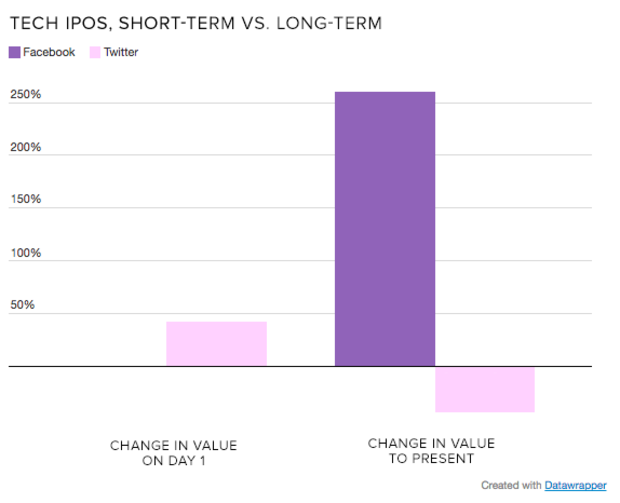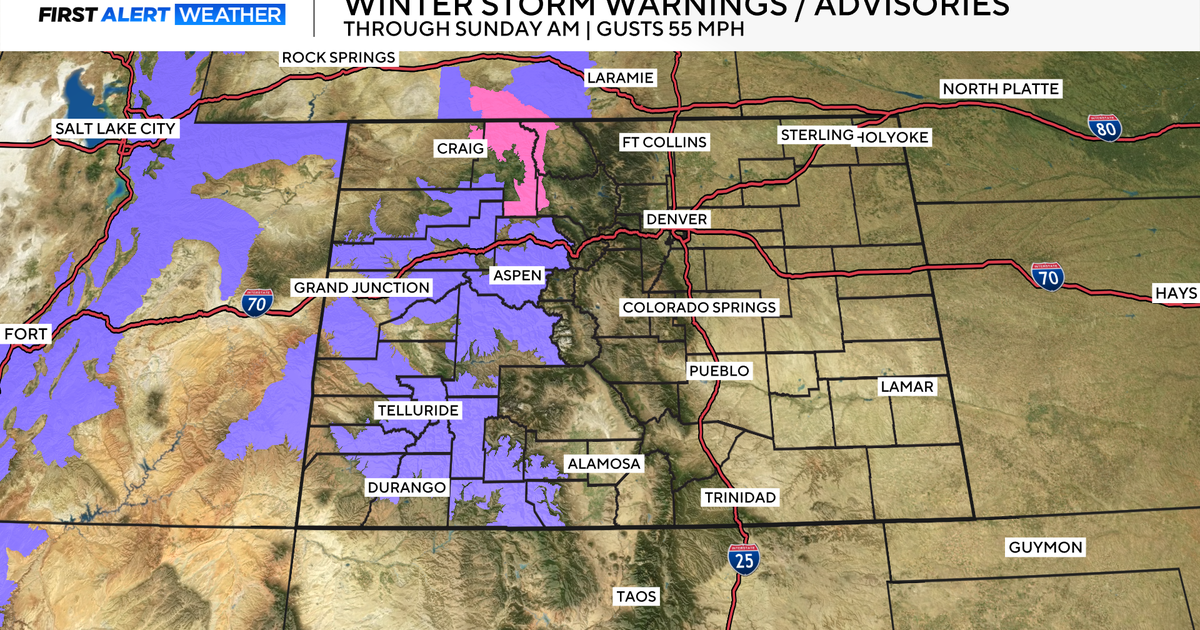Shares of Snap Inc. soar 44% in IPO's first-day trading
Snapchat parent Snap Inc. (SNAP) saw shares in its initial public offering soar 44 percent on its first trading day Thursday, opening at $24 a share from a Wednesday night price of $17. The stock breached the $25 mark, then closed the day at $24.48.
The company behind the popular video-messaging phenomenon floated about 20 percent of its outstanding shares in an IPO that’s raised $3.4 billion for early investors. At Thursday’s share price, that means Wall Street values all of Snap Inc. at up to $33 billion, or three times the current $11 billion market capitalization of former social media darling Twitter (TWTR).
The early response to the Snap IPO is the latest sign of enthusiastic investors thirsting for big potential payouts after a dismal 2016 that saw only 26 tech companies go public.
Snap is the year’s first U.S.-listed tech IPO, and the biggest since China-based Alibaba (BABA) raised $25 billion on the Newy York Stock Exchange in September 2014.
“Everyone has their eyes on it,” Domenico Positano, research manager of equity capital markets at Dealogic, said of Snap before trading started. “Across all sectors, everyone is waiting for this IPO.”
At Thursday’s early share price, Evan Spiegel, Snap’s 26-year-old co-founder and CEO, retains a $4.5 billion chunk of the company. He also retains control, since the shares that the company floated Thursday came without voting rights.
Spiegel’s girlfriend, model Miranda Kerr, congratulated him on Snap’s market debut in an Instagram post.
About a quarter of the shares sold as part of Thursday’s IPO will be required to be held for a year, Snap revealed in a filing with the Securities and Exchange Commission. The company also set aside 7 percent of the shares for “friends of our executive officers,” a category that may or may not include current investors but definitely does not include Snap employees, according to the filing.
The question now is whether Snap can quickly grow its user base and turn a profit. The company, founded in 2011, lost more than $500 million last year on revenue of about $400 million, it revealed in filings. And while its user numbers are increasing, that growth has slowed amid competition from Facebook and Instagram, which Facebook owns.
Despite Snap’s popularity as a youth-friendly messaging platform fairly inscrutable to anyone over 25, research firm eMarketer notes that the platform is seeing the highest user growth in older age groups, including people over age 45 and even over 65.
Snap’s first-day “pop” -- the amount it grew since the IPO price -- was a remarkable 44 percent. That’s well over the average for tech IPOs, which have a typical first-day pop of 24 percent, according to Dealogic.
The company analyzed returns of U.S.-listed IPOs since 2010 and found that those that popped between 10 and 20 percent on their first trading day have the highest returns to date, of 111 percent. IPOs that popped between 0 and 10 percent on day one have current return of 69, and those that popped over 20 percent have a current return of 55 percent, the company said. It appears “a one day pop of between 10 percent and 20 percent is the sweet spot for long-term performance,” according to Dealogic.
But there’s only so much investors can gauge from one day’s worth of trading. Facebook (FB), which had a problematic IPO and ended its first trading day with its shares flat, has seen its market cap more than triple in five years. Meanwhile, Twitter, which rose 42 percent on its first day, currently has just over half the value it did on its first day.







